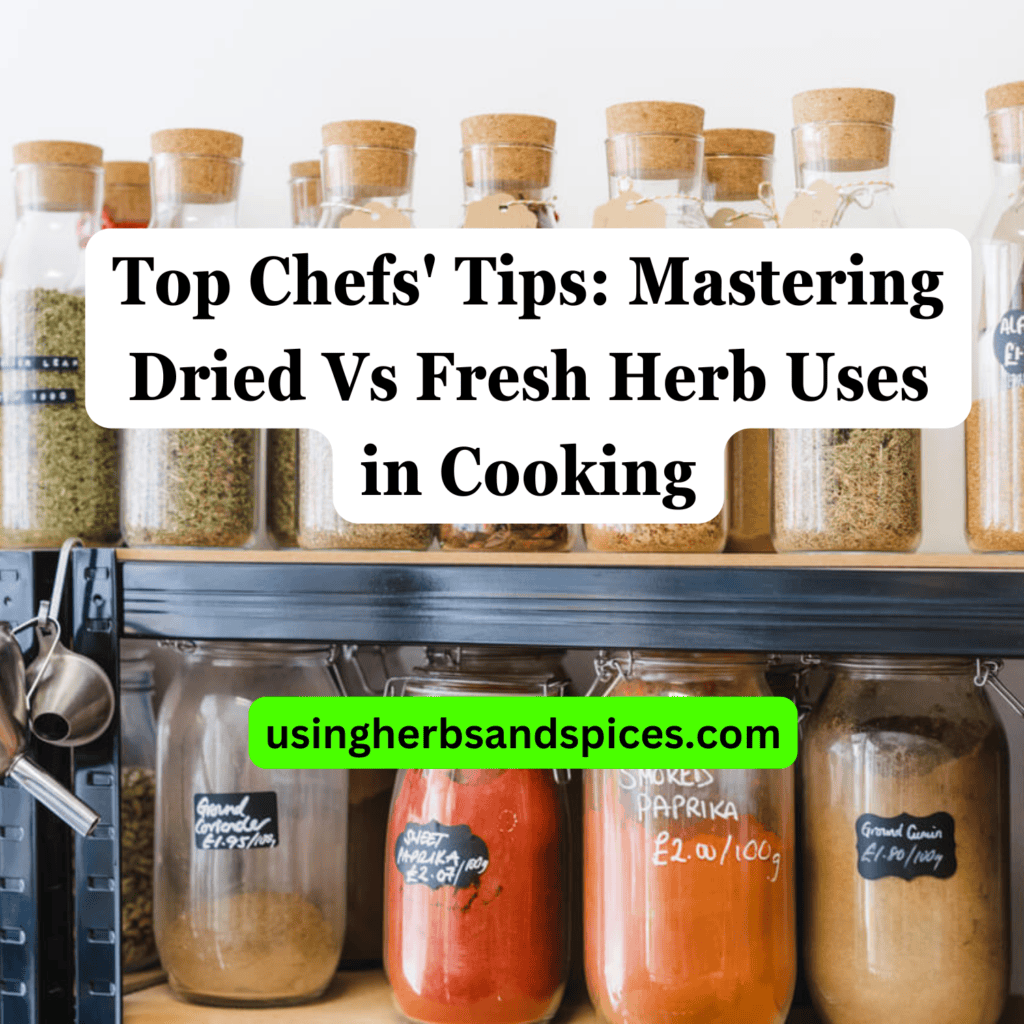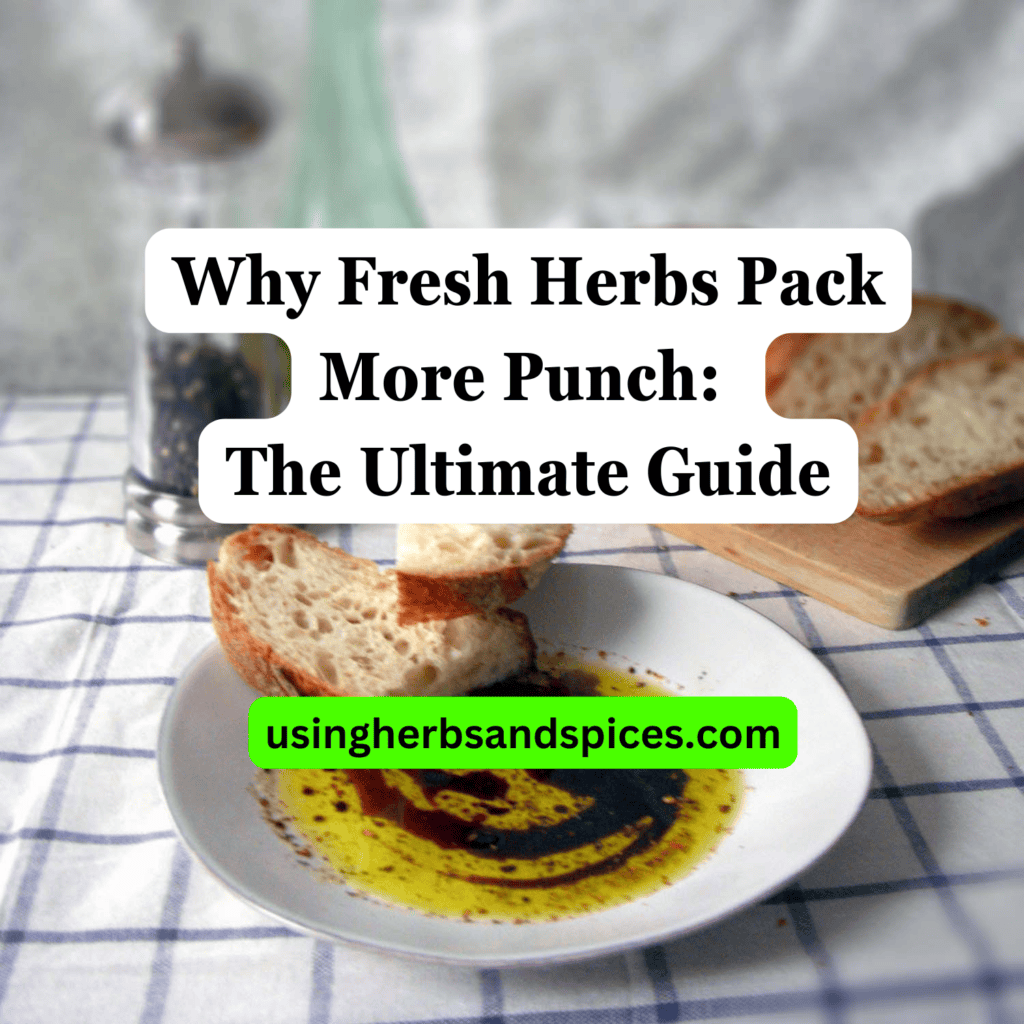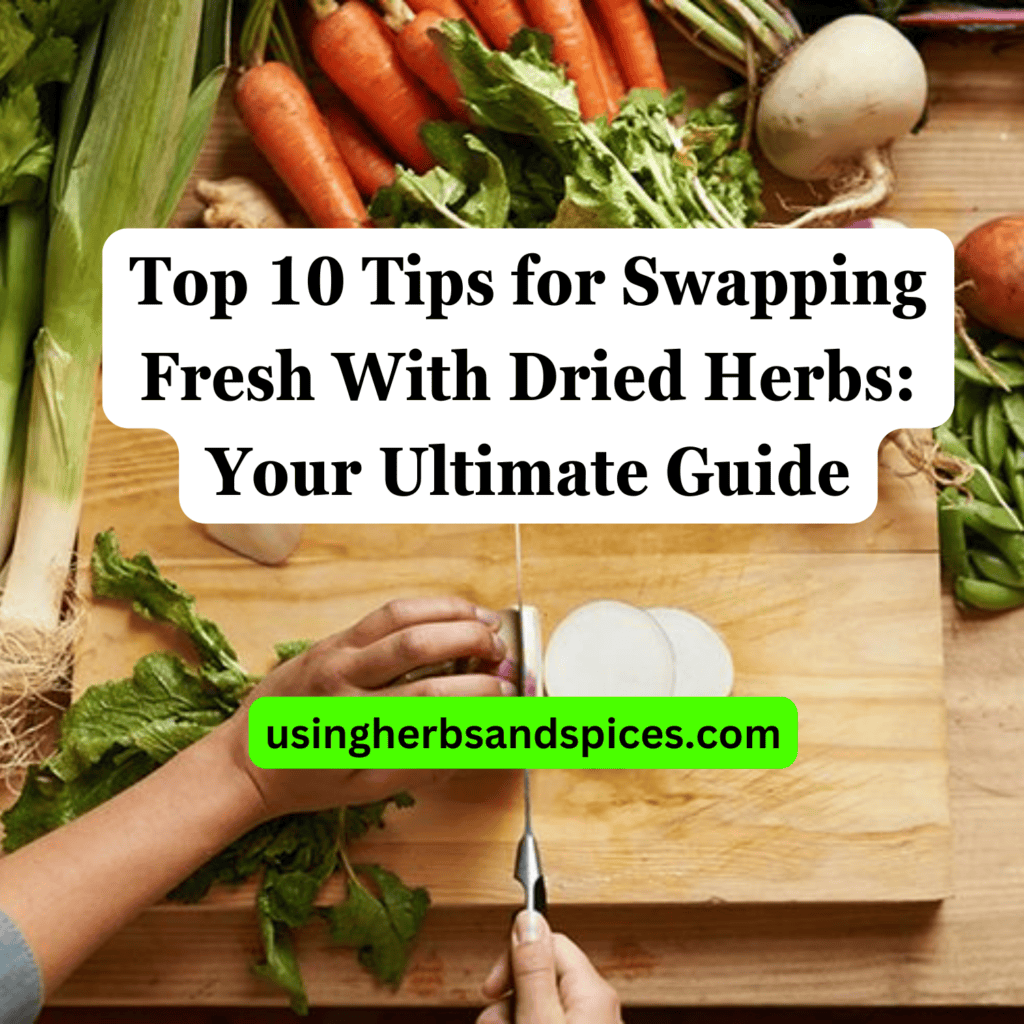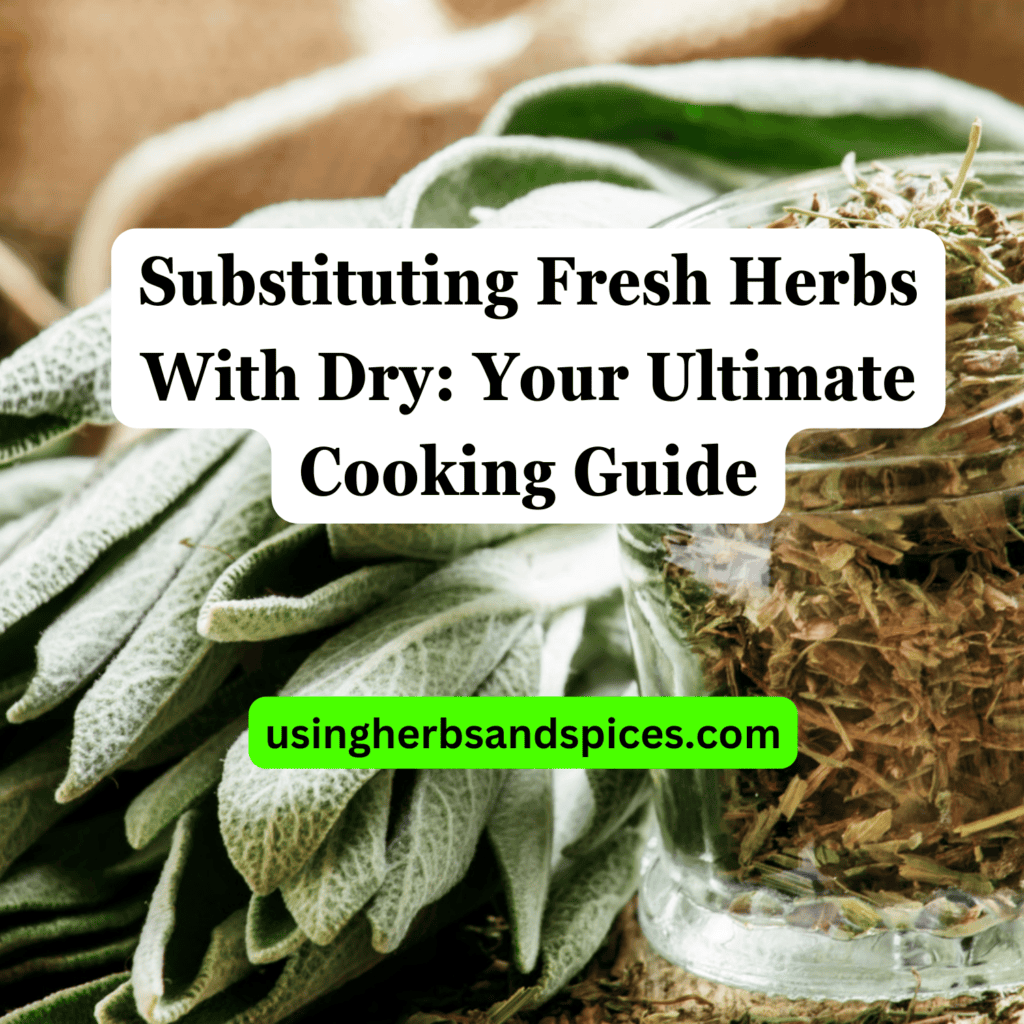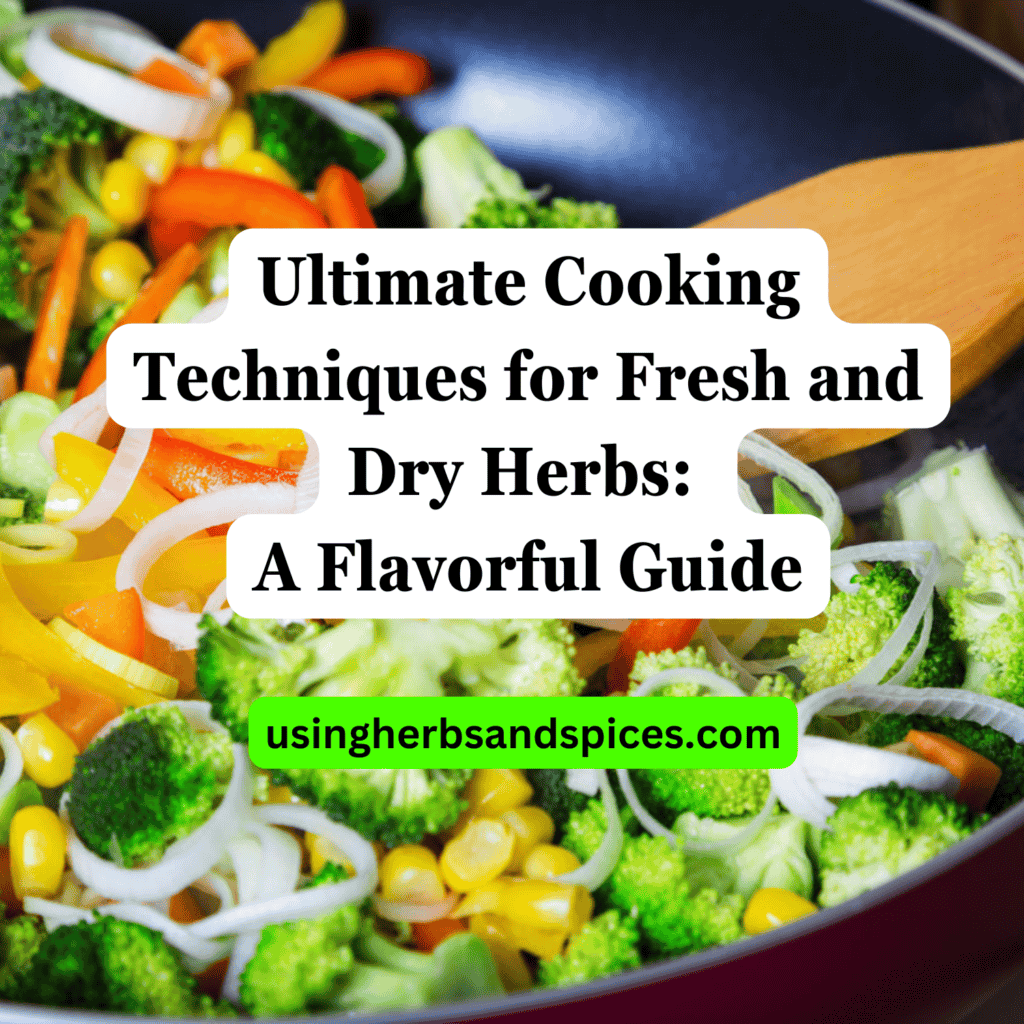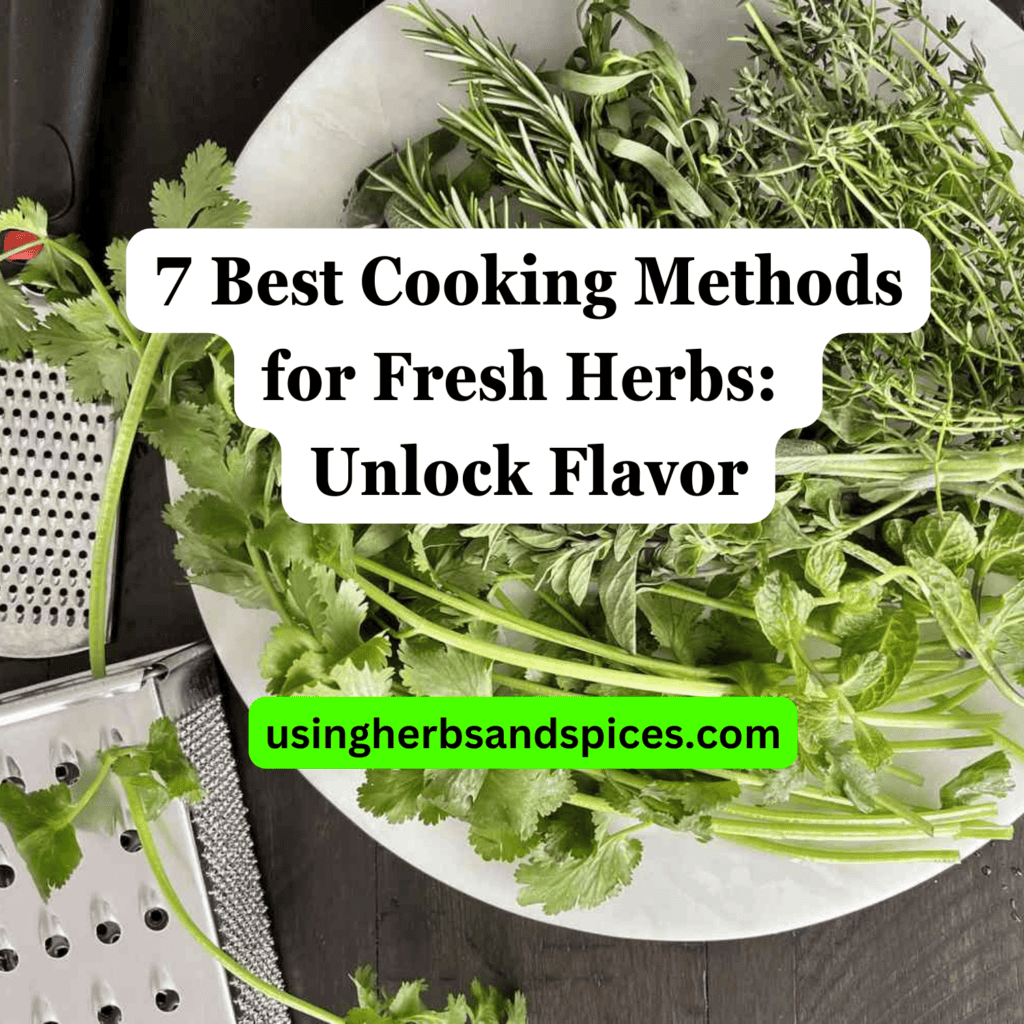SUMMARY: Choosing between dry and fresh herbs boils down to their cost, shelf-life, and flavor impact, with dry herbs often providing more bang for your buck. Practical tips like proper storage and selection can further enhance your cooking without breaking the bank.
Ever wonder why your dishes lack that restaurant-quality flavor, despite following recipes to the letter?
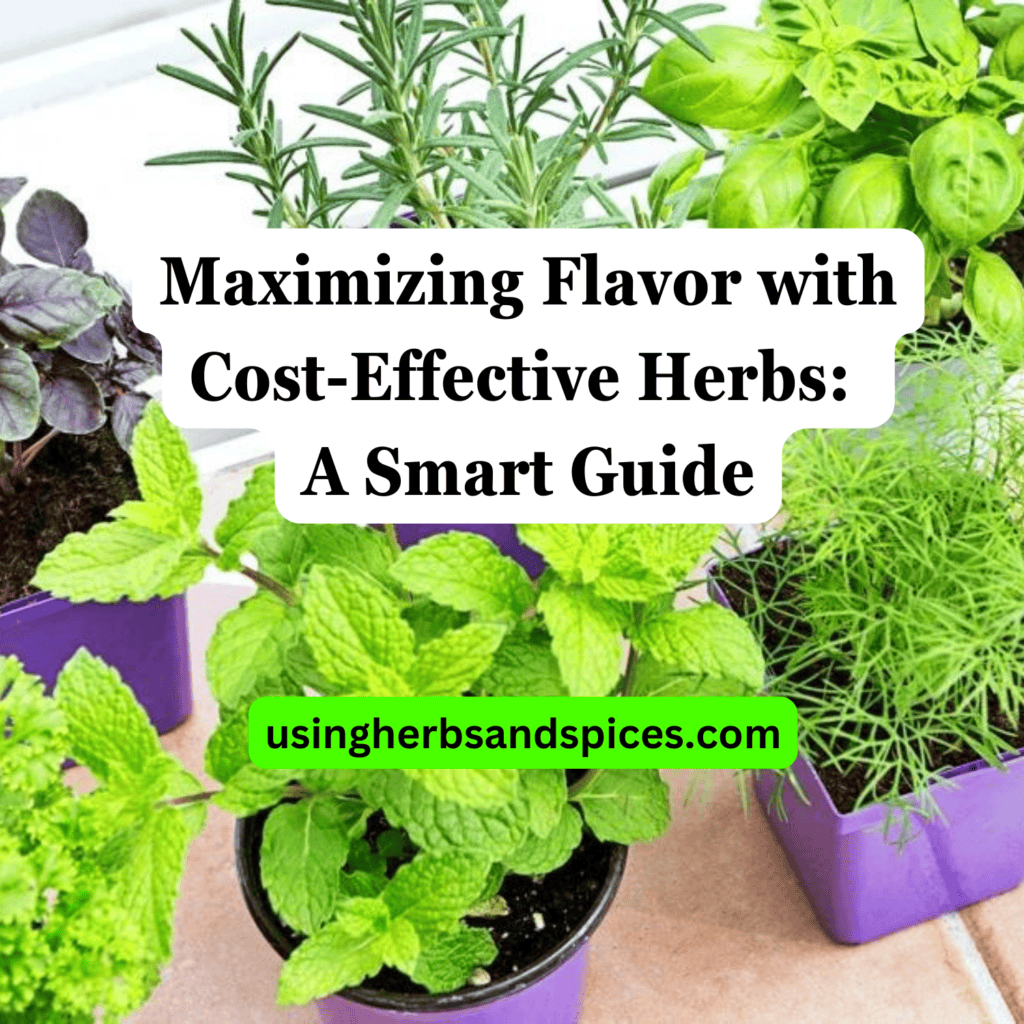
Understanding the nuanced roles of herbs could be the game changer you’re searching for.
- Cost-Effectiveness of Dry Herbs Vs Fresh
- Decoding Flavor Profiles: When to Use Dry or Fresh Herbs
- The Economic Advantage: Making the Most of Your Herb Choices
- Practical Tips for Maximizing Herb Usage
Continue reading to unlock the secrets of maximizing flavor while being cost-effective with your herb choices.
Understanding the Value: Dry vs. Fresh Herbs
When it comes to cooking, the choice between using dry or fresh herbs is more than just a matter of taste—it’s also a matter of cost and longevity. But what if you could make decisions that satisfy both your palate and your wallet? Let’s dive into the differences between these two forms of herbs to see how they stack up.
Dry herbs, thanks to their concentrated flavors and longer shelf life, offer a cost-effective solution for those looking to add a punch to their dishes without the frequent shopping trips that fresh herbs demand. They are best added to recipes that cook for longer periods, allowing their flavors to fully infuse the dish.
On the other hand, fresh herbs present a vibrant, bright flavor that dry herbs can struggle to match. They are particularly suitable for finishing dishes or for recipes that rely on the fresh, aromatic qualities of the herb for impact. While more perishable, their ability to elevate a dish is often considered worth the extra investment.
Ultimately, the choice between dry and fresh can depend on factors such as the specific herb, the type of dish, and even the season. By understanding the strengths and limitations of each, home cooks can make informed decisions that balance cost with culinary excellence.
Decoding Flavor Profiles: When to Use Dry or Fresh Herbs
The decision to use dry or fresh herbs is not just a matter of cost but also of flavor impact. Fresh herbs often provide a vibrant, bright note to dishes, ideal for garnishing and finishing touches. Their flavors are best released when added at the end of the cooking process, preserving their freshness and color. On the other hand, dried herbs, being more concentrated and potent, are suited for dishes that cook for longer periods. They gradually infuse the dish with a deeper, more mellow flavor profile.
It’s also crucial to recognize that not all herbs transition well from fresh to dry while maintaining their characteristic flavors. For instance, basil and cilantro lose a significant part of their essence when dried, making them better candidates for fresh use. Conversely, rosemary and thyme retain their flavor profile well even when dried, making them highly versatile. Understanding these nuances allows for more strategic, flavor-focused, and cost-effective use of herbs in your culinary endeavors.
When substituting one for the other, a general guideline is to use one-third the amount of dried herb to fresh. This ratio accounts for the increased concentration of flavors found in dried herbs. However, taste adjustments should be made according to personal preference and the specific requirements of each recipe. This strategic approach to choosing between dry and fresh herbs can significantly enhance the flavor of your dishes without imposing additional costs.
The Economic Advantage: Making the Most of Your Herb Choices
When it comes to cooking, the integration of herbs is both an art and a science, especially when balancing flavor with financial considerations. Dry herbs, owing to their concentrated flavor and longer shelf life, offer an undeniable economic advantage over their fresh counterparts. Understanding how to leverage these attributes can significantly enhance your culinary practices without straining your budget.
One key aspect of the economic advantage of dry herbs is their cost per use. Given that dry herbs are more potent than fresh, a smaller quantity is required to achieve the desired flavor profile, making them a more cost-effective option in the long run. Furthermore, the extended shelf life of dry herbs reduces waste. Fresh herbs, while excellent in flavor, can perish quickly and often do before they are fully used, leading to unnecessary expense.
Another benefit of using dry herbs is their year-round availability at a consistent price. Fresh herbs can fluctuate in price significantly depending on the season and availability, which can disrupt your budget and meal planning. By understanding these economic advantages, home cooks can make informed decisions about when and how to use dry versus fresh herbs, maximizing both the flavor of their dishes and their grocery budget.
Embracing the use of dry herbs doesn’t mean compromising on flavor. On the contrary, it means smartly navigating the balance between cost and culinary delight, making every dish an opportunity to explore rich flavors without overspending. Armed with knowledge and a strategic approach to herb selection, you can expand your cooking repertoire in both a flavor-forward and cost-conscious manner.
Practical Tips for Maximizing Herb Usage
Maximizing the flavor of your dishes while keeping an eye on the budget requires more than just choosing the right herbs; it also involves thoughtful selection, proper storage, and efficient utilization. Here are some practical tips to ensure you get the most out of your herbs, both dry and fresh, without unnecessary expenditure:
- Buy in Bulk: Purchase dry herbs in bulk to take advantage of lower prices. Store them in airtight containers in a cool, dark place to preserve their potency.
- Grow Your Own: For fresh herbs, consider growing your own. Herbs like basil, mint, and rosemary are easy to grow, even on a windowsill, providing a fresh supply at a fraction of the store price.
- Proper Storage: Store fresh herbs wrapped in a damp paper towel inside a resealable plastic bag in the refrigerator to extend their lifespan. For dry herbs, ensure they are kept in airtight containers away from direct sunlight.
- Understand Pairings: Knowing which herbs complement specific foods can help in making effective use of them. For example, rosemary pairs well with meats, while basil enhances the flavor of tomatoes.
- Use Sparingly: Given the concentrated flavor of dry herbs, start with a small amount and adjust to taste. It’s easier to add more than it is to correct an overly seasoned dish.
Implementing these tips can lead to more flavorful and enjoyable meals without the need to spend excessively on herbs. By making smart, informed choices about when to use fresh versus dry herbs and how to store and handle them properly, you can elevate your culinary creations cost-effectively.
Maximizing Flavor and Savings with Dry and Fresh Herbs
In this exploration of maximizing flavor through cost-effective herbs, we’ve uncovered impactful strategies for any culinary enthusiast.
- Dry herbs offer a cost-effective alternative to fresh, extending flavor potency and shelf life without sacrificing taste.
- Understanding when to use dry versus fresh herbs can significantly boost the flavor profile of your dishes.
- Choosing the right type of herb, considering cost and flavor, can enhance your cooking both economically and gustatorily.
- Employing practical tips for herb usage encompasses selecting, storing, and utilizing herbs to their fullest potential.
Maximizing Flavor With Cost-Effective Herbs FAQs
How do I convert between fresh and dry herbs?
Converting between fresh and dry herbs is simple once you understand the ratio. Generally, one part dry herb is equivalent to three parts fresh herb. This is because drying concentrates the flavors, making dry herbs more potent. However, it’s important to consider the freshness of your herbs, as potency can decrease over time.
Can I grow herbs economically at home?
Growing herbs at home is not only economical but also a rewarding endeavor. Most herbs require minimal space and can even thrive in pots on a windowsill or balcony. With some basic care, including regular watering and access to sunlight, you can have a fresh supply of herbs at your fingertips, reducing the need to purchase them regularly.
How long do dried herbs retain their flavor?
Dried herbs, when stored properly in a cool, dark place, can retain their flavor for up to a year. The key is keeping them in airtight containers to prevent exposure to moisture and light, which can degrade the herbs’ potency. It’s also a good practice to label your herbs with the date they were dried or purchased to monitor their freshness.

